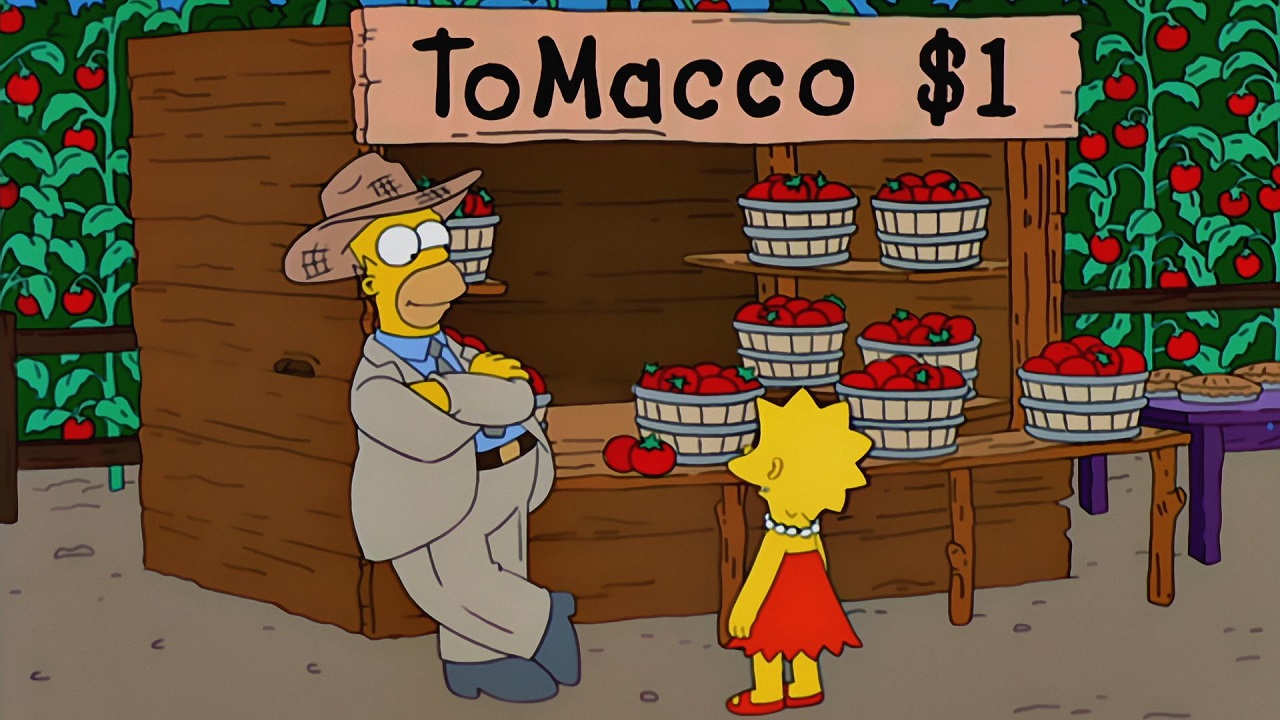Yes, that sounds like the title to a 7th grade science fair project, but stick with me here for a few minutes!
The study was done by Itzhak Khait, a plant scientist at Tel Aviv University in Israel. A team of scientists placed microphones capable of ultrasonic detection 10 cm (~4 inches) from tomato and tobacco plants, and then proceed to snip off piece of the plant, or deny them water for extended periods of time. This is taking a dark turn…

The tobacco plants started emitting an average of 15 sounds within the hour after being cut, and the tomato plants emitted an average of 25 sounds within the hour after being cut.
Around 10 days with no water, the tobacco plants started emitting 11 sounds per hour, and the tomato plants 25 sounds per hour.
They also determined that even healthy plants had occasional emissions in the range of 20 to 150 kHz.
What’s even more fascinating is the ability to distinguish between the two different scenarios when feeding the recorded sounds into a machine learning model. The scientists trained this model to discern whether the plant was being cut, or deprived of water, or just normal daily chatter based on the sounds emitted! Also, it appears that tobacco plants make louder sounds when being starved of water than being cut.
I’m not sure why they focused on tomato and tobacco plants for this experiment, unless they were trying to get to the bottom of the tomacco plant that Homer Simpson invented, but they did hypothesis that other plants could make sounds when stressed or harmed as well.
Researchers aren’t yet sure how plants produce these sounds, but one hypothesis is: when water travels through the plants’ xylem tubes, which help keep them hydrated, air bubbles form and explode, generating small vibrations.


The rate at which they produce sounds increases by a factor of more than 15 when under stress leads me to believe that there is more going on than simply exploding air bubbles, but I am no Botanist.
Another interesting hypothesis is that other critters that can hear ultrasonic frequencies, such as mice, bats, or possibly other plants, could hear these “cries” from up to 15 feet away.
This could potentially open up new venues for farmers to monitor their crops for signs of water stress to create happier healthier crops, or simply create a more efficient watering schedule allowing the plants to alert when they are thirsty. Turn off those mics before harvest though!
References: https://www.biorxiv.org/content/10.1101/507590v4











Recent Comments